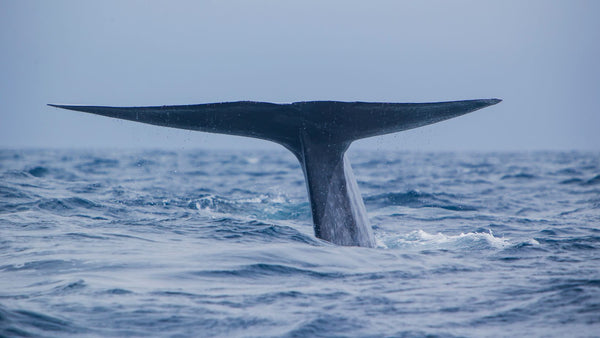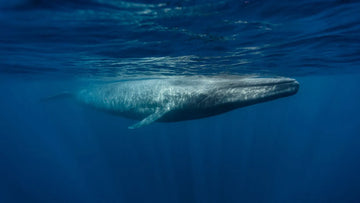Blue whales are some of the most elusive animals in the ocean despite being the largest animal to have ever existed. Encountering blue whales is very challenging, and observing them in their natural habitat is a unique and unforgettable experience. These magnificent creatures can be found in various locations around the world and usually stay away from the coast. So, if you're a fan of blue whales and have your bucket list of trips to do at least once in your life open, get ready to note the following destinations:
T-shirts for Whale Lovers
SEE MORE WHALE T-SHIRTS
Mirissa, Sri Lanka
Located in the Indian Ocean, Sri Lanka is a great destination for observing blue whales. For many, the best destination in the world to see blue whales. The best time to see these whales is between November and April, when these majestic creatures migrate near the south coast of the island. Outside of these months, the chances are almost zero and the sea conditions are very bad.
You can take a boat tour from Mirissa, a coastal town about 150 km south of Colombo, to spot these gentle giants. A blue whale watching trip in Mirissa usually lasts between 3 and 5 hours, starting around 6:00 in the morning with an early wake-up call.
In Mirissa, it's also possible to see sperm whales, pilot whales, Bryde's whales, dolphins, and occasionally orcas and whale sharks.
Part of the Fordivers team took a trip to Sri Lanka to see them, and in their honor, we designed this Mirissa t-shirt.
Azores, Portugal
In the Azores, we can see 28 of the 81 existing cetacean species. We already know that Azores is a great place for diving, but undoubtedly the best in Europe for cetacean sightings.

The best time to see blue whales in the Azores is during spring, especially April and May. You can also see humpback whales (if you're very lucky since only 75 sightings have been recorded in the last 20 years) and sei whales. What you will (almost) surely see are some of its resident species like sperm whales in summer, common dolphins, bottlenose dolphins, and Risso's dolphins. Orcas are seen very occasionally on their migration to Norway. There, you can not only see them but also swim with them in Tromso.
Blue whale expeditions in the Azores depart from both San Miguel and Pico, and companies like Futurismo Portugal organize day trips and even up to 5-day vacations focused on whale watching.
Iceland
Throughout the year or permanently residing in Iceland you can find up to 11 species of whales and dolphins, and the blue whale cannot be left out. It is estimated that around 1,000 cetaceans pass or live permanently in Iceland each year.
Show Your Love for Whales
SEE MORE WHALE SWEATSHIRTSThe largest whale prefers the north of Iceland, with greater depths and more krill although they can also be seen sometimes closer to the coast. Blue whales come to Húsavík, one of the best places in the world to see blue whales. So much so that it even has its own whale museum.
Another interesting area to see blue whales in Iceland is the fiord Eyjafjörður, in the north of the island, with depths of more than 200 meters at the mouth of the fjord and a large amount of plankton, with almost 50 different species recorded.
The best time to see blue whales in Iceland is in summer when the krill population is at its highest. They start to be seen in mid-June, but if you can go at the end of this month, even better, that's when there are more sightings. The boat tours to see blue whales in Iceland depart from Reykjavik, Husavik, or Akureyri.
Dana Point, California
Blue whales travel along the west coast of the United States and Mexico throughout the summer and until December, entering the Sea of Cortez and the Gulf of California. Still, it is in Dana Point where we find the best place in North America to see blue whales. Also, in this area of the east coast, we can encounter gray whales, dolphins, or minke whales.
From May to November, you can see blue whales, sei whales, and humpback whales approaching the coast of Dana Point. During the summer, they come to this area to load up on krill for the winter, eating almost 4 tons per day.
During the summer months, it is estimated that around two thousand blue whales swim around Dana Point and Monterey Bay (another excellent area for blue whale watching in North America). Compared to a total estimated population of 10,000 blue whales, the central coast of California has the highest concentration of blue whales in the world.
If you want to see blue whales up close, these are the 4 best places in the world to see these large mammals. And remember that if you want to see cetaceans in Spain, in this article we wrote some time ago, you have the best areas to see whales and dolphins in the wild.

























